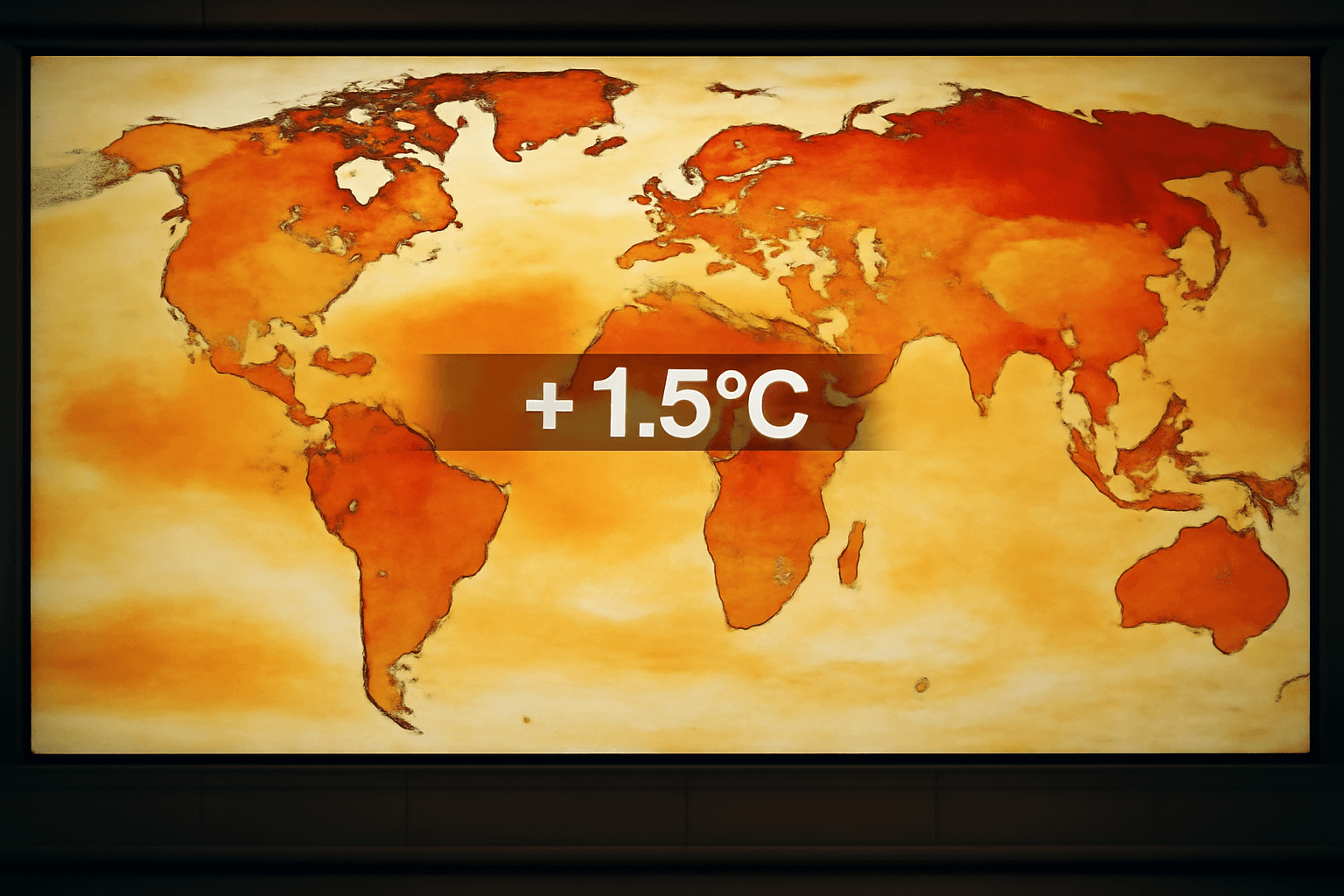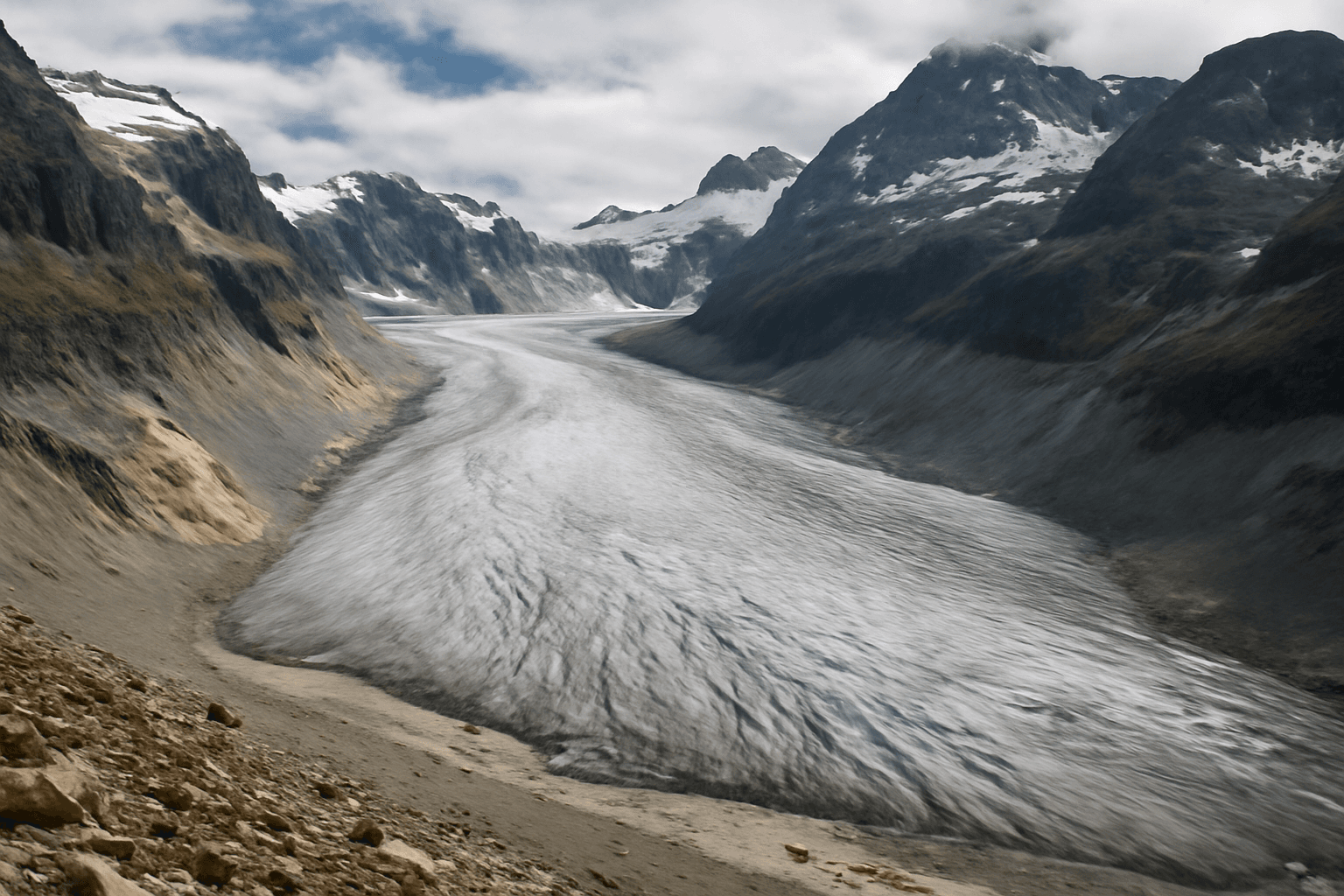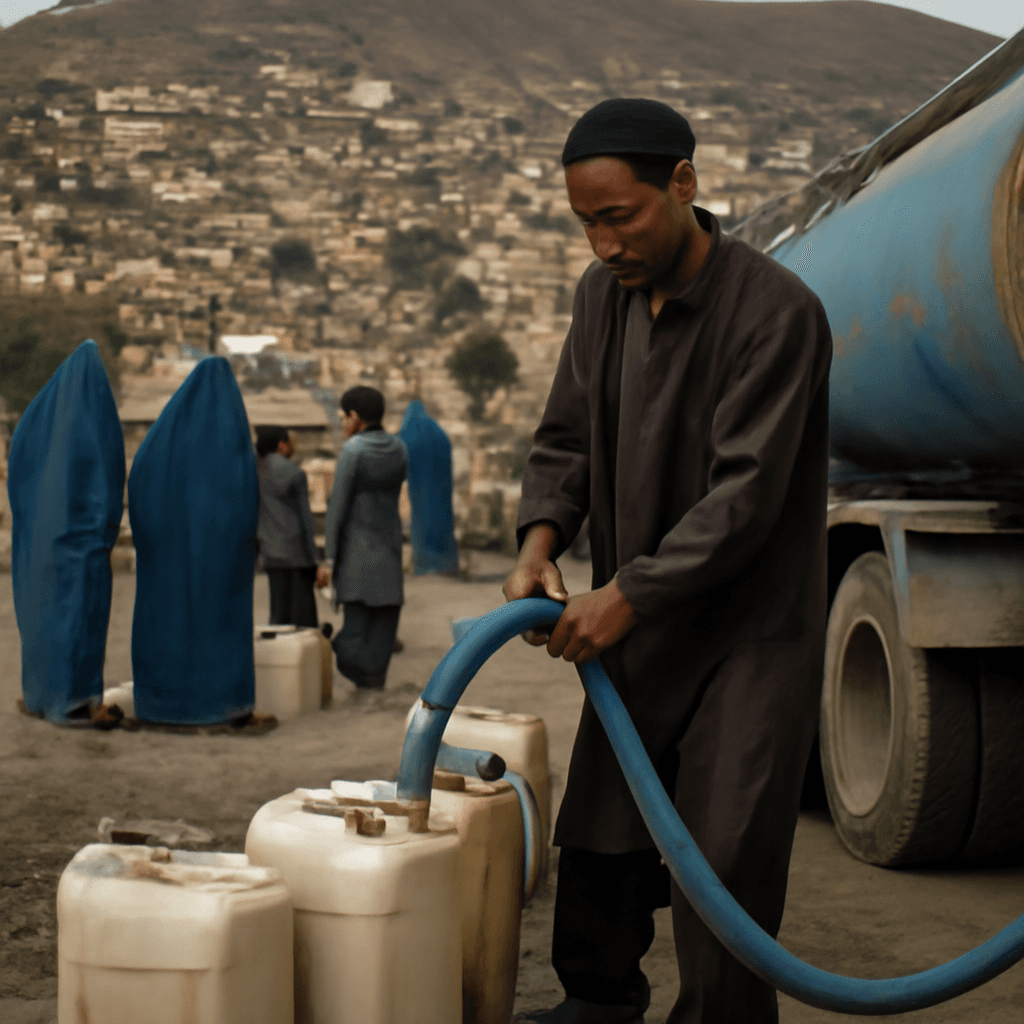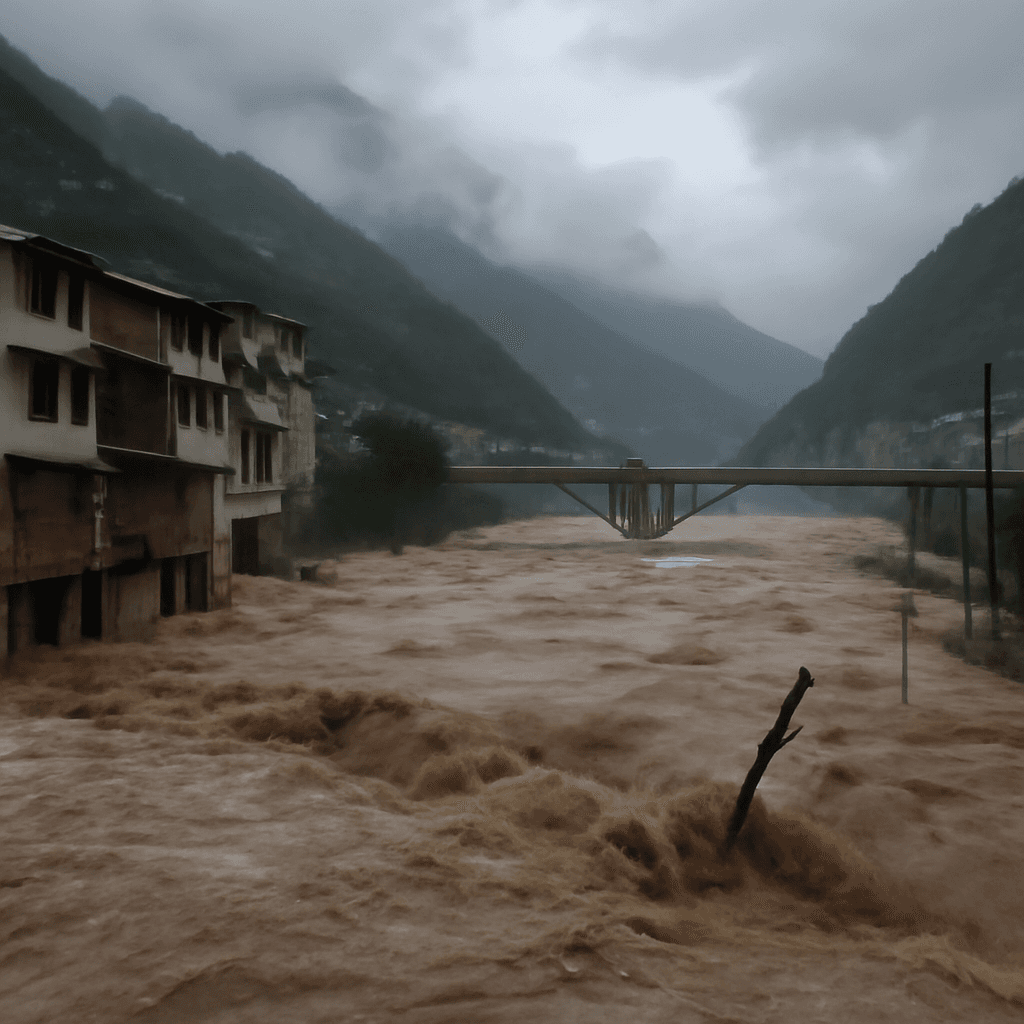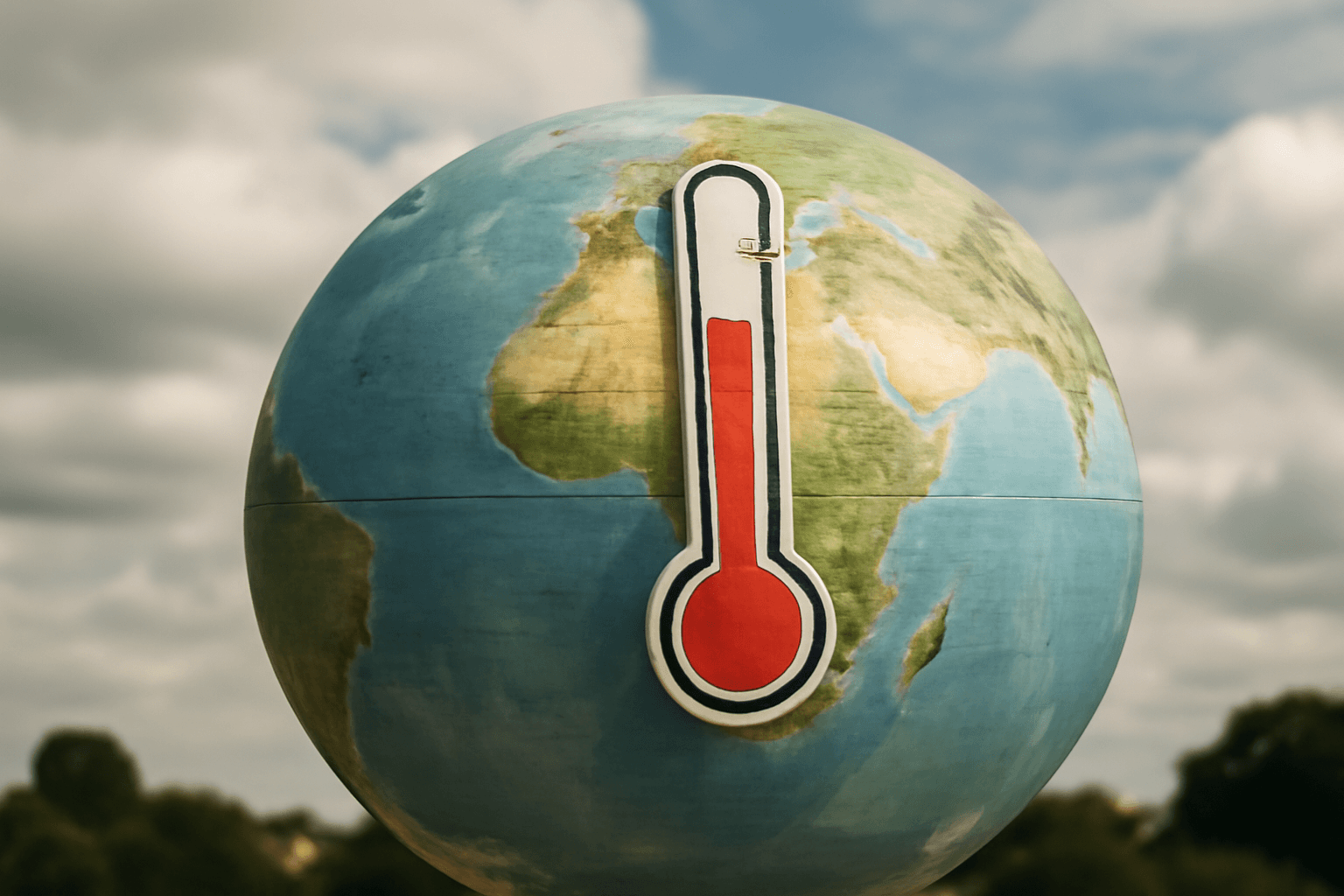According to a report released by the World Meteorological Organization (WMO) on May 28, 2025, there is a 70% probability that the average global temperature during the period of 2025 to 2029 will surpass the critical threshold of 1.5 degrees Celsius above pre-industrial levels (1850-1900 baseline).
The report further highlights an 86% likelihood that at least one year within this timeframe will record temperatures exceeding 1.5°C beyond the pre-industrial average. The year 2024 was notably the first calendar year to register a global mean temperature increase of more than 1.5°C, marking a significant milestone in ongoing climate changes driven by human activity.
The 1.5°C limit is the internationally recognized target established during the 2015 Paris Climate Agreement to mitigate the most severe consequences of climate change. A sustained breach of this threshold is defined as a persistent warming trend measured over two to three decades.
In light of this, countries are expected to submit their updated nationally determined contributions (NDCs) for 2031-2035 within the current year, aiming collectively to curtail temperature rise in line with the 1.5°C goal.
The WMO report notes that the annual global near-surface temperatures between 2025 and 2029 are projected to range between 1.2°C and 1.9°C above pre-industrial levels. An 80% chance exists that at least one year within this period will set a new record as the warmest on record, surpassing 2024.
WMO Deputy Secretary-General Ko Barrett emphasized the gravity of these trends, stating, "We have just experienced the 10 warmest years on record. Unfortunately, this report signals no imminent relief, forewarning of escalating adverse impacts on economies, ecosystems, and daily life globally." She stressed the importance of continued climate monitoring to support informed policymaking and adaptation strategies.
Regionally, the report forecasts that South Asia will continue to experience above-average monsoon rainfall during 2025-2029, consistent with observations over recent years, except for a dry spell in 2023. The India Meteorological Department (IMD) corroborates these findings, projecting above-normal monsoon rainfall for the current year.
Additionally, the Arctic region is expected to warm at a significantly accelerated rate—approximately 2.4°C over the next five winters (November to March), which is over three times the global average rate. This warming is likely to further reduce sea ice extent in key areas such as the Barents Sea, Bering Sea, and Sea of Okhotsk.
Seasonal precipitation patterns from May through September in 2025-2029 indicate increased rainfall in regions including the Sahel, northern Europe, Alaska, and northern Siberia. In contrast, the Amazon Basin is forecasted to experience drier conditions than usual during this period.

